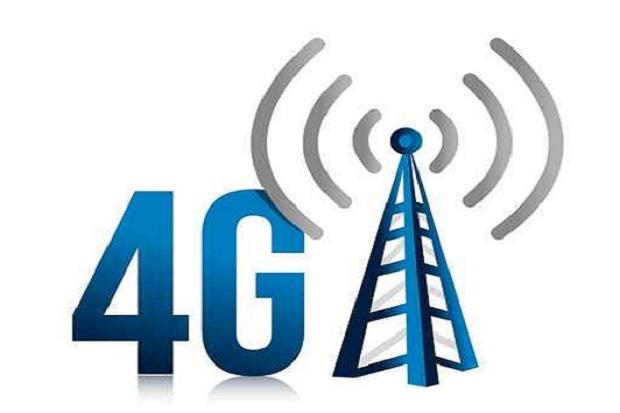PLMN: What is a Public Land Mobile Network ?
PLMN: A public land mobile network is a wireless communications system intended for use by terrestrial subscribers. Such a system can stand alone, but often it is interconnected with a fixed system such as the public switched telephone network (PSTN). The most familiar example of a Public Land Mobile Network end user is a person with a cell phone. However, mobile and portable Internet use is also becoming common.
Public Land Mobile Network

PLMN code
A Public Land Mobile Network is identified by a globally unique PLMN code, which consists of a MCC (Mobile Country Code) and MNC (Mobile Network Code). Hence, it is a five- to six-digit number identifying a country, and a mobile network operator in that country, usually represented in the form 001-01 or 001-001.
A PLMN is part of a:
- Location Area Identity (LAI) ( Public Land Mobile Network and Location Area Code)
- Cell Global Identity (CGI) (LAI and Cell Identifier)
- IMSI (see PLMN code and IMSI)
PLMN code and IMSI
The IMSI, which identifies a SIM or USIM for one subscriber, typically starts with the Public Land Mobile Network code. For example, an IMSI belonging to the PLMN 262-33 would look like 262330000000001. Mobile phones use this to detect Roaming, so that a mobile phone subscribed on a network with a Public Land Mobile Network code that mismatches the start of the USIM’s IMSI will typically display an “R” on the icon that indicates connection strength.
Public Land Mobile Network services
A Public Land Mobile Network typically offers the following services to a mobile subscriber:
- Emergency calls to local Fire/Ambulance/Police stations.
- Voice calls to/from any other Public Land Mobile Network (“cellular network”) or PSTN (“landline“/VoIP).
- Short Messaging Service (SMS) services to/from any other PLMN or SIP service (the original form of texting on a mobile phone, now often replaced by Messaging apps).
- Multimedia Messaging Service (MMS) services to/from any other Public Land Mobile Network or SIP service.
Unstructured Supplementary Service Data (USSD) for operator specific interactions (e.g. dialing “*#100#” to indicate the current balance). - Internet data connectivity for arbitrary services, e.g. via GPRS in GSM, IuPS in UMTS, or LTE.
The availability, quality and bandwidth of these services strongly depends on the particular technology used to implement a Public Land Mobile Network.
For Further Information
For more information, please Contact Us

